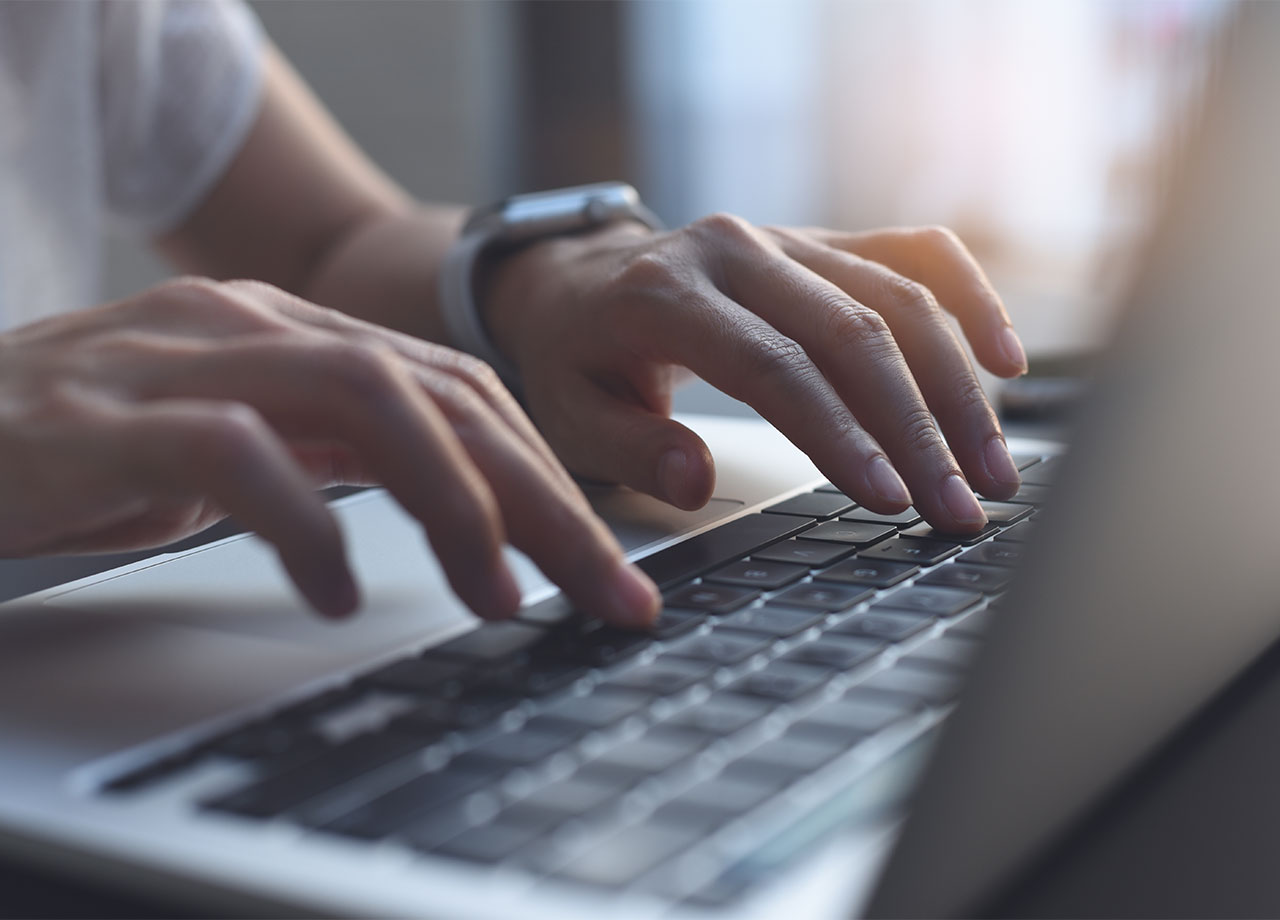You can’t trust everything you read — unfortunately, that mantra now includes your emails.
Hackers and others with malicious intent are skilled at baiting you to convince you to click on their emails so that they can phish for more data about you. They know exactly what to write and how to write it to make you think they are someone they aren’t (including someone you think you know).
It’s important to protect yourself by not falling for these three common email mistakes that can lead to a virus.


1. Trusting a Sender’s Name
Hackers engage in a technique called email spoofing in which they manipulate emails to make it look like an email is coming from someone in your contacts list. They can even use domain spoofing to alter a domain name ever-so-slightly and make it appear as if the email is derived from a trusted company, such as your bank.
If an email seems suspicious, treat it like it is. Double-check email addresses and use an email filter to detect phony emails. It’s always a better idea to call the sender and make sure they’ve sent you an email than to click on one that might be phony.

2. Clicking Suspicious Links
An email is delivered to you that seems too good to be true — perhaps it’s a message about winning a prize. You click on the email and it asks you to continue clicking through to another website to claim your prize. This is one of the biggest mistakes you can make. A suspicious link can lead to a page where malware is installed on your device and your data is compromised. Never (ever) click on links you don’t recognize.

3. Ignoring Red Flags
Few emails that claim they are urgent are actually urgent. If an email sender is desperately trying to get your attention, there’s a good chance there is malicious intent behind it. Don’t ignore red flags and trust your gut when you receive an email that looks too good to be true or too urgent to be real. It can mean the difference between protecting yourself from a virus and dealing with that headache.


























